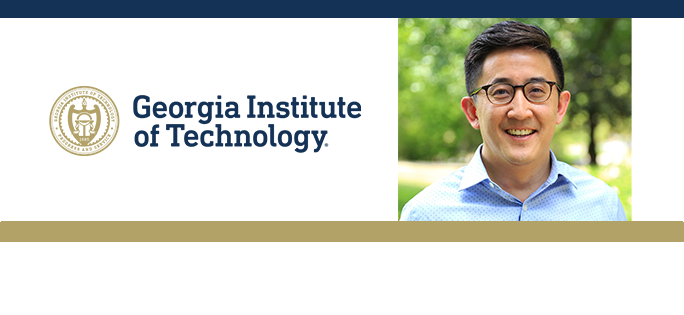 Finding the right treatment for cancer is difficult at times, so how can computing power help us with this goal?
Finding the right treatment for cancer is difficult at times, so how can computing power help us with this goal?
Gabe Kwong, the Robert A. Milton associate professor of biomedical engineering at Georgia Tech University, examines.
Gabe A. Kwong, Ph.D. is the Robert A. Milton Endowed Chair and Associate Professor of Biomedical Engineering at Georgia Tech and Emory School of Medicine. Dr. Kwong’s research program is centered at the interface of bioengineering, immunology, and medicine. His groundbreaking accomplishments in advancing biosensors and cell therapies to address frontier challenges in biomedicine, particularly within oncology, have resulted in first-in-class biotechnologies, the founding of multiple start-up companies, and widespread recognition. Among his distinctions, Dr. Kwong is a recipient of the NIH Director’s New Innovator and Pioneer Awards, and currently leads the $49.5 million Cancer and Organ Degradome Atlas (CODA) project, a multi-institutional research enterprise supported by ARPA-H to revolutionize multi-cancer early detection. Dr. Kwong co-founded 2 biotechnology companies and holds 40 issued or pending patents. He earned his B.S. from UC Berkeley, his Ph.D. from Caltech, and completed postdoctoral studies at MIT.
Using Computer Logic to Enhance Cancer Detection
How can computer logic be used to enhance cancer detection?
Traditional biosensors typically rely on genetic materials like cells or fragments of DNA. While effective, these methods can be complex, costly, and sometimes yield false positives. Our approach is different.
We’ve engineered smarter biosensors that operate like the “AND” function in computer logic. Much like how you need both a username and password to access your account, our biosensors require multiple biological inputs, happening at the same time, to unlock a detection signal.
In animal studies, our logic-based biosensors successfully distinguished between tumors that responded to a common cancer treatment called immune checkpoint blockade therapy, and those that did not. This is crucial because it means our sensors can help identify which tumors are likely to respond to certain treatments, leading to more personalized and effective therapy plans.
Our sensors also proved adept at avoiding false signals from unrelated health issues. For instance, when the immune system was fighting a flu infection in the lungs, away from the tumor, the biosensors did not produce false positives. This precision is vital for monitoring disease and reducing unnecessary treatments.
Perhaps most importantly, our biosensors are simple and precise to manufacture. Because they’re made from synthetic molecules, they are easier to produce and less prone to the issues that can affect biologically based sensors, which are more complex to create. This makes them more practical for clinical use and could lead to more widespread adoption in healthcare settings.
Our findings show that biosensors designed to implement computer logic can significantly improve cancer detection, offering the potential to revolutionize how we approach cancer diagnostics and treatment planning.
Read More:
[Nature Nanotechnology] – AND-gated protease-activated nanosensors for programmable detection of anti-tumour immunity


Leave a Reply